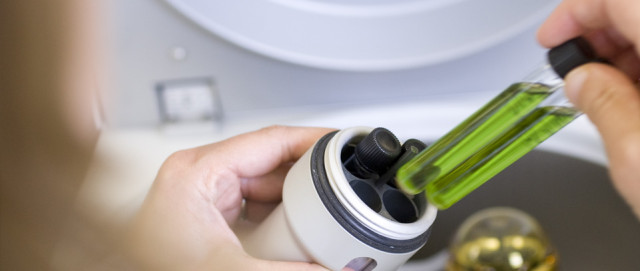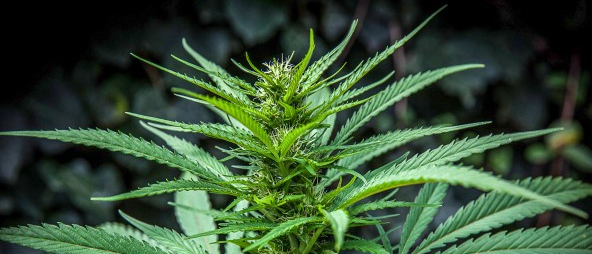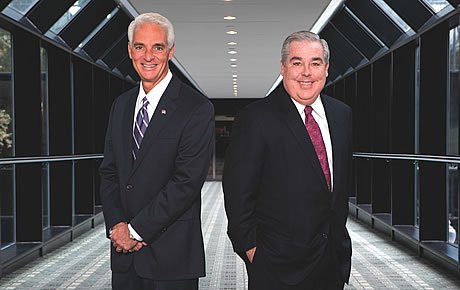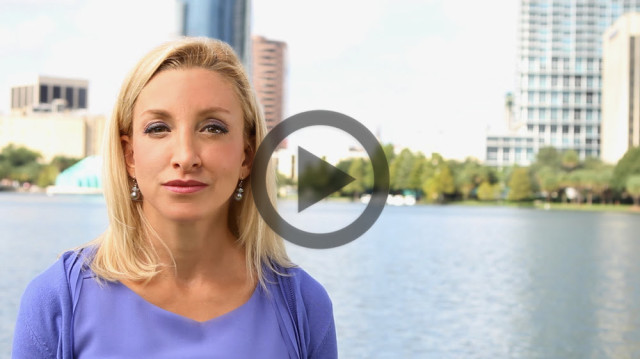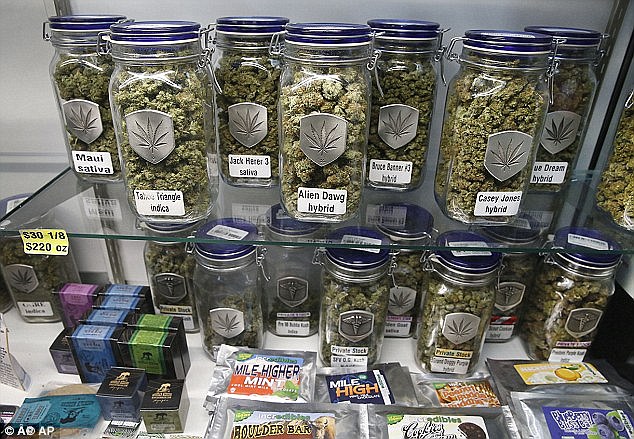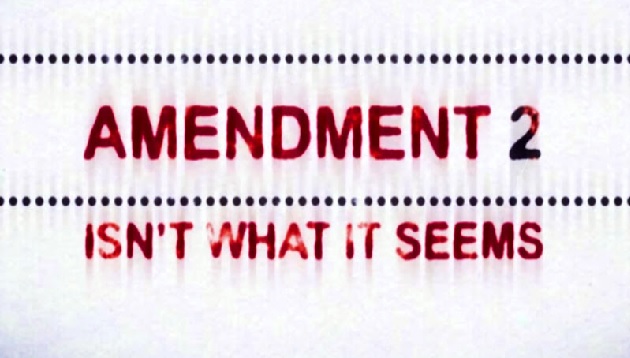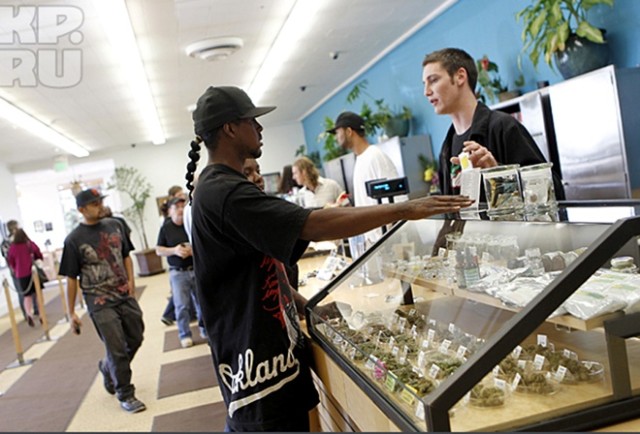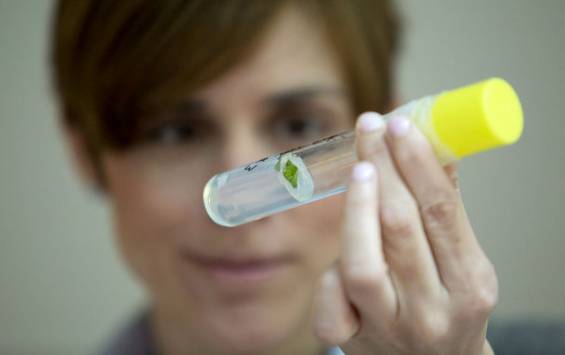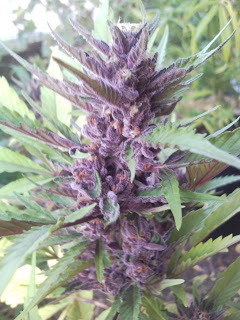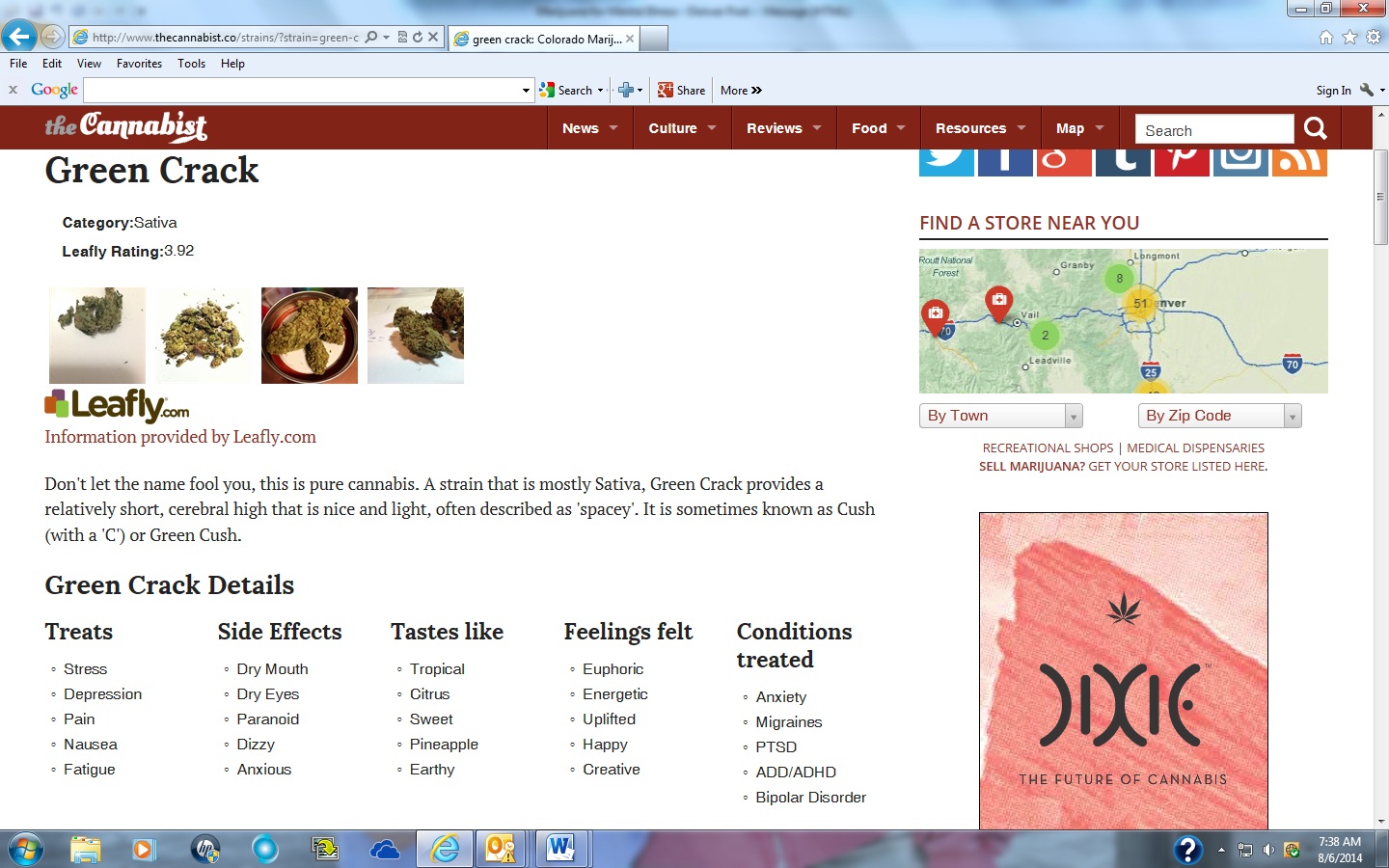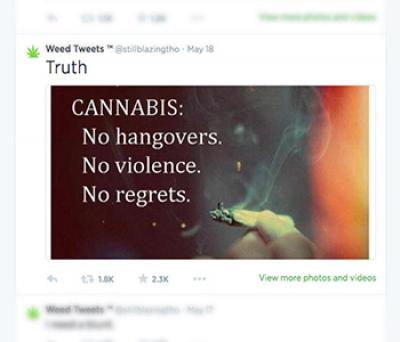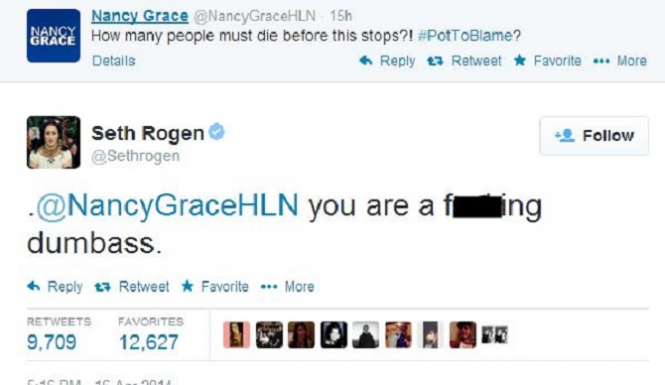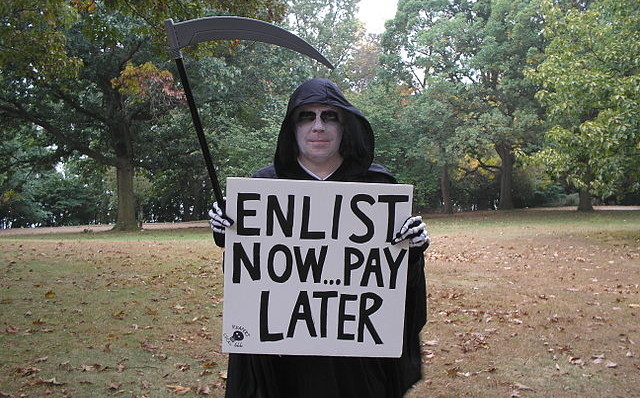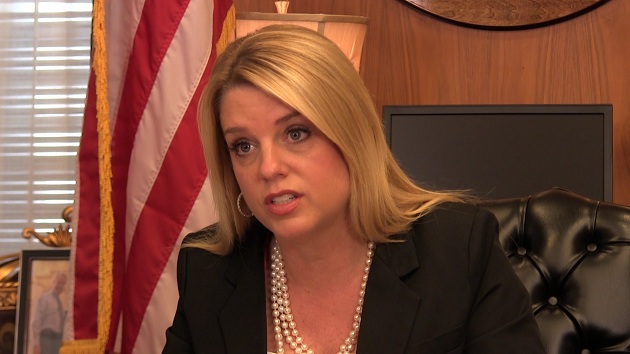Pinellas County Sheriff Bob Gualtieri is helping lead an effort to defeat a proposed constitutional amendment that would legalize medical marijuana. Both a lawman and an attorney, Gualtieri was appointed sheriff by Gov. Rick Scott in 2011. He was elected in his own right the following year.
Gualtieri started his career as a Pinellas deputy in 1982. Promoted to detective, he investigated international drug and money-laundering crimes and became an expert in electronic surveillance. In 1998, he left the sheriff’s office to study law, graduating from the Stetson University College of Law in 2002. After a stint at a private law firm, Gualtieri returned to the Pinellas County Sheriff’s Office as general counsel in 2006. He was appointed chief deputy by Sheriff Jim Coats in 2008 and performed both functions until Coats retired and Gualtieri became sheriff.
Gualtieri also is well versed in child welfare, since Pinellas is one of the six Florida counties where sheriff’s departments conduct their own child-protection investigations.
The News Service of Florida has five questions for Bob Gualtieri:
Q: Why have you joined the opposition to Amendment 2?
GUALTIERI: Well, I think at the end of the day, it’s bad for Florida because it’s going to create — this is not about medical marijuana. You know, first and foremost, that’s why I’m opposed to it. This is really about legalizing recreational use of marijuana.
What the proponents are really after — and people who need it for medical purposes – is the THC that is in marijuana. And THC is what gives people relief, pain relief, will enhance appetites for people that need their appetite enhanced. And for at least 15 years, there are synthetic forms of THC that are available in pill forms and by prescription from physicians that are FDA approved, in Marinol and these other pills that are out there, that give them that. And so this is not about providing pain relief or any other type of relief for people who are truly, acutely ill and who need this, because it’s available in pill form.
This is really about smoke-able form, recreational-use, social-purpose marijuana use, and legalizing it across the board. So I think this whole advocacy by the proponents is really subterfuge for general recreational legalization. This isn’t about medical purposes.
Q: Would you oppose any medical marijuana proposal on principle? Or is your opposition to Amendment 2 mostly driven by concerns that its wording leaves room for abuse?
GUALTIERI: It’s not on principle. When I talk about this, I say, “Let’s assume, one, that there is medical benefit to, quote, marijuana, to THC, and the other things that are in marijuana. As an example, Charlotte’s Web and the CBD (cannibinoid) to help alleviate or eliminate seizures, especially in kids — I have no problem with that whatsoever. And most especially with CBD or Charlotte’s Web — it’s being administered in oil forms, in non-smoke-able forms. That’s medicine. It has a benefit.
So I have no issue or debate or question about whether the contents can provide and has legitimate medicinal or medical purposes. So it’s not a philosophy, it’s not a categorical opposition to it. It’s … this amendment is not about medicine and being compassionate and recognizing that people have needs. This amendment is — the problem is the wording of the amendment, not just what’s in it but what’s not in it: The lack of regulation, the lack of control, the lack of a scheme that will prevent what we just went through with the prescription drug-abuse epidemic, and having these pot docs that show up next to these dispensaries, and you’ve got just, really, just wholesale abuse.
Which leads to the question that people often ask when I say that, “Okay, so why are you opposed to recreational use?” We as a country, we as a community, have a very serious addiction problem. We see this time and time again. Law enforcement cannot solve this drug-abuse problem across the board, because it’s an addiction problem. So if we tell our kids, “Don’t smoke, don’t engage in recreational use of drugs, why are we then, now, going to legalize just one more thing that — from a social standpoint — will say, “It’s OK, because we as a society have legalized it” — and give people one more thing to be addicted to, to abuse, to cause problems. So it’s not good.
Q: What do you think of the way the new Charlotte’s Web law is being implemented? Any improvements you could suggest?
GUALTIERI: I think that the Department of Health is doing a decent job in how they’re going about the hearings and the rule-making process. I know that we as sheriffs and the Florida Sheriffs Association have had an opportunity to have representatives at the hearings and provide input on the rule; in fact, we had a conference call on it yesterday.
And if there is going to have to be rule-making as a result of Amendment 2 passing, I’m encouraged by how the Department of Health is handling it. So I say, “So far, so good,” from what I see as to how it’s being handled.
Q: The six county sheriff’s departments that do their own child-abuse investigations finally got a boost in funding this year. How would you evaluate their status at this point — are they committed to continuing as child-protective investigators or is the jury still out?
GUALTIERI: Well, what was done by the Legislature and by the governor this year to put in place a framework — other than a political framework of a money grab, so that we actually have measurements in place to determine the appropriate budgets for the sheriffs who are doing child protection — it’s fantastic. It’s a huge step in the right direction. We accomplished a lot by it. It’s going to help us to retain competent child protection investigators, recruit competent child protection investigators, and so I think it’s great. It’s fantastic. The key to it, though, is that it’s sustained and that it’s all sustainable.
I think that we’re — I know I am — again, very encouraged by it. I think it sends the right message to those of us who are providing the services for the protection of kids across Florida. But I think for everybody, since this is the first year of it under this new framework, I think we need to see a couple of years of using that same formula and making sure it is sustained under that formula before anybody is going to have a high level of confidence. Because there’s no assurance it doesn’t go back to some other way in future years.
I think we’ve made great progress with it, I’m very optimistic about, but I think we also need to ensure that it’s sustained.
Q: We’re seeing a lot of news lately about the militarization of local law-enforcement agencies. Is that something that concerns you, or do you think it’s being hyped up?
GUALTIERI: I think it’s a bunch of hype. We’ve had either the same or similar equipment for many, many years. It hasn’t been available in the volume or to the extent that it is (now), so you didn’t see as many agencies in the past having it, but we’ve had it for years.
It’s all about using it in the right way, using it responsibly. We picked up …on a 1033 program, we picked up this year six Humvees and two (Mine-Resistant Ambush Protected vehicles, known as MRAPs). We’ve had similar-type vehicles in the past, we’ve had them for years. There’s been no problem, there’s been no controversy, there’s been certainly no misuse of them. But when the time comes, and you need the resources, you need the assets — you need them now. You don’t need them tomorrow, it isn’t going to do you any good to start thinking about it. And so law enforcement needs rescue vehicles. If you have an officer or a deputy that’s been pinned down by gunfire, or a citizen, you need to be able to go in and get them out without somebody getting hurt. If you’ve got a sheet of water, you need to be able to get through it somehow in a storm.
So I think it’s a bunch of hype. I don’t think that it’s anything to get concerned about, and those of us that have had this equipment for years. Here, in the Pinellas County Sheriff’s Office, we purchased what’s called a GPV, or general purpose vehicle, which is similar to an MRAP. We purchased it back in, I think 2005, 2006 for $300,000. Served us well. We used it for SWAT situations and high-risk situations and rescues and all kinds of different things without any issues or controversy.
And we’ve got an MRAP — I think it’s a $900,000 vehicle — we paid, like, $2,000 for it. So it could be sitting on some lot out in Texas, collecting dust, or be put to use here and save us a considerable amount of money. We’ve had the equipment, we will have the equipment, regardless of whether it comes from military surplus or we get it straight from a vendor. …So I think this is just a bunch of hype based on recent events.
RELATED ARTICLE: Tallahassee Democrat Laura Yard: Medical groups oppose Amendment 2


